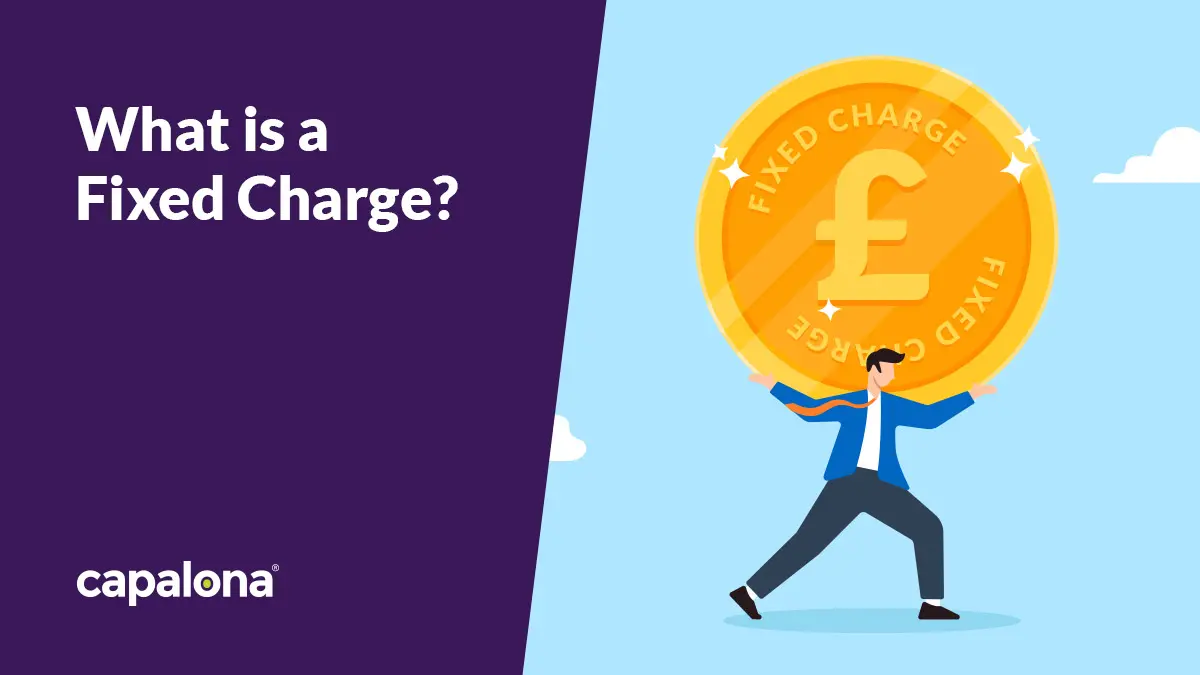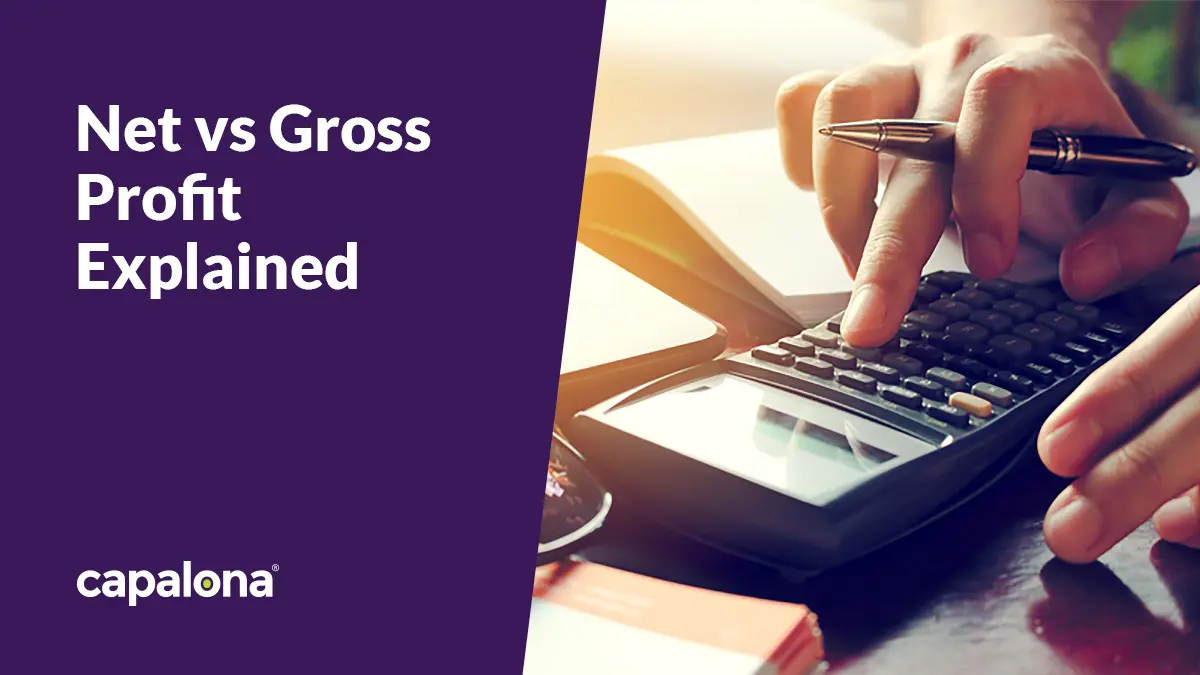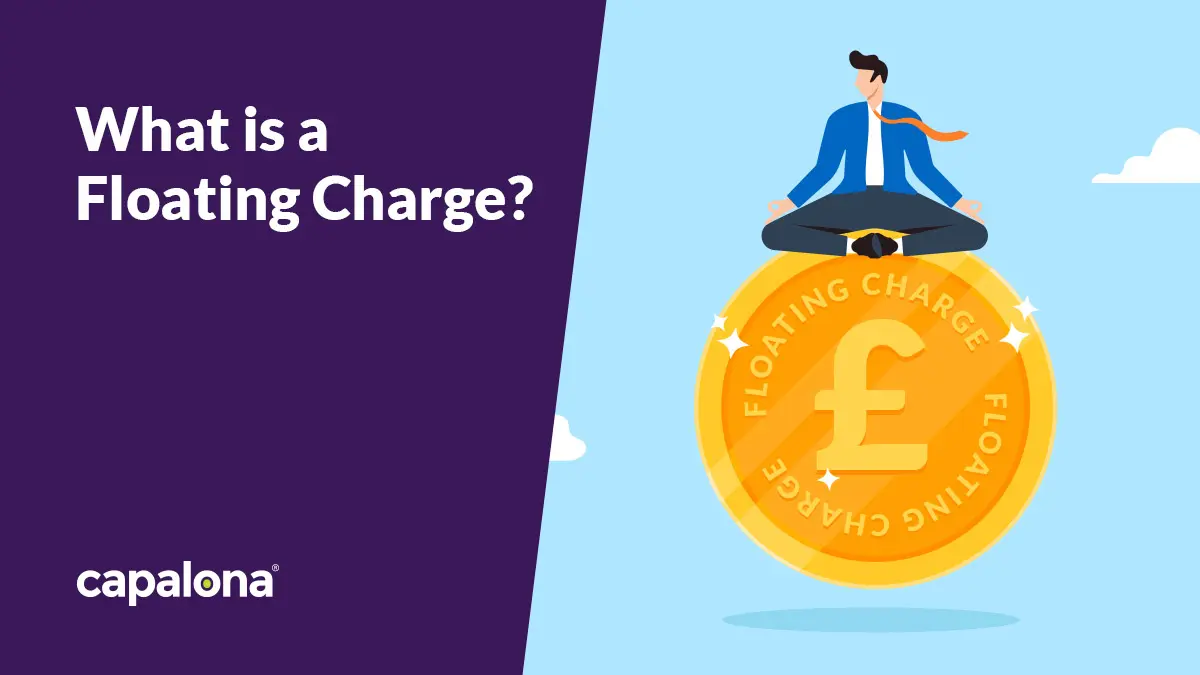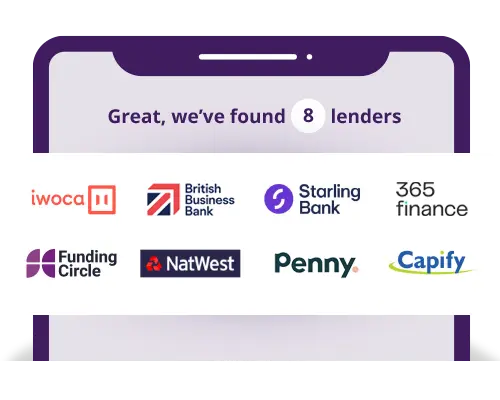You might have heard the terms fixed or floating charge when researching your loan options. We’re here to shed some light on what a fixed charge is before exploring examples, what a fixed charge coverage ratio is, how to calculate it, and more.
Fixed charge meaning
A fixed charge is the most common charge on a business loan. It’s used as security in exchange for the loan. The lender or “charge holder” can have full control over the asset, meaning the borrower cannot sell or dispose of the asset without asking the lender for permission from the lender first.
Lenders favour these types of loan charges over a floating charge, as they pose less risk. Should your business become insolvent, the first charge holder will get repaid first. So, this type of charge represents investment security. If the borrower defaults on their loan repayments, the lender can easily seize the asset and recoup money owed to them.
Examples of fixed charges
- Machinery
- Equipment
- Land
- Property
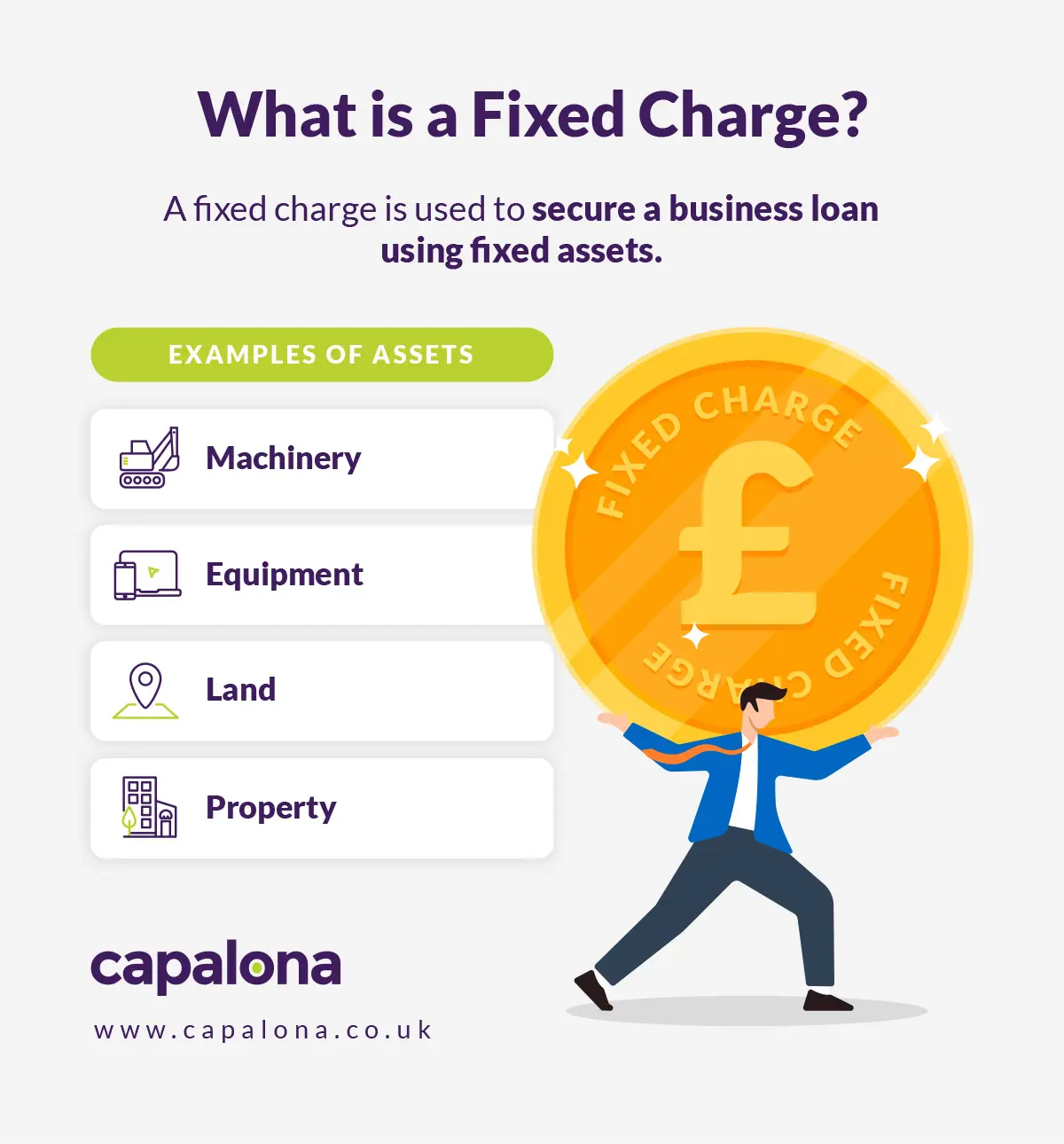
Floating charge meaning
A floating charge uses non-fixed assets like stock and inventory to secure debts. As you'd imagine, a floating charge isn't the preferred choice for lenders when securing finance, as the borrower can dispose of assets freely without the lender's permission. Learn more about floating charges.
What is a fixed charge coverage ratio?
A fixed charge coverage ratio, or FCCR, is a financial metric used to determine an organisation's ability to cover fixed costs (office rent, debt payments, utilities, etc.) It can help lenders assess whether you’re fit to take on more debt.
So, showing you can comfortably cover these costs puts you in a strong position to secure finance and attract investors.
The formula for calculating fixed charge coverage ratio:
FCCR = (EBIT + Fixed Charges Before Tax) / (Fixed Charges Before Tax + Interest Expense)
To explain the formula a little clearer. To work out the FCCR, add earnings before interest and taxes (EBIT) to fixed charges before tax. Then, divide that by the total fixed charges before tax and interest expenses.
What’s a good ratio?
Most lenders will look for an FCCR of at least 1.2. The higher your ratio, the better your financial position and the lower credit risk you pose to lenders.
How to improve your fixed charge coverage ratio
If you don’t quite meet the lender’s FCCR requirements, you can improve your ratio to become more creditworthy, helping you access a wider range of business finance options. Learn more about managing your business finances here.
- Decrease interest expenses. Consolidate your debt into one monthly payment to decrease your interest expenses.
- Look to reduce fixed costs. Renegotiate all fixed costs, i.e. office lease, utilities, etc.
- Increase sale prices and improve efficiency. Optimise sales strategies to leverage pricing increases where possible without spending too much on customer acquisition and improve operational efficiencies to increase your gross profit margins.
- Reduce FCCR expenses. Look to reduce any expenses mentioned in your FCCR, such as insurance premiums and equipment lease expenses.
- Increase net cash flow. From chasing invoices to delaying outgoing invoice payments, you can find new ways to manage your cash flow better.
What are fixed charge receiverships?
If you default on commercial loan repayments or your business becomes insolvent, the creditor will involve a ‘receiver’ (a third party) to seize and manage your assets, as outlined in your fixed charge debenture. These fixed charge receivers help the lender acquire the asset quickly without court proceedings.
If you’re ready to find and compare eligible business loans, use our free self-serve comparison tool to get a quote in seconds. Get a quote today.

